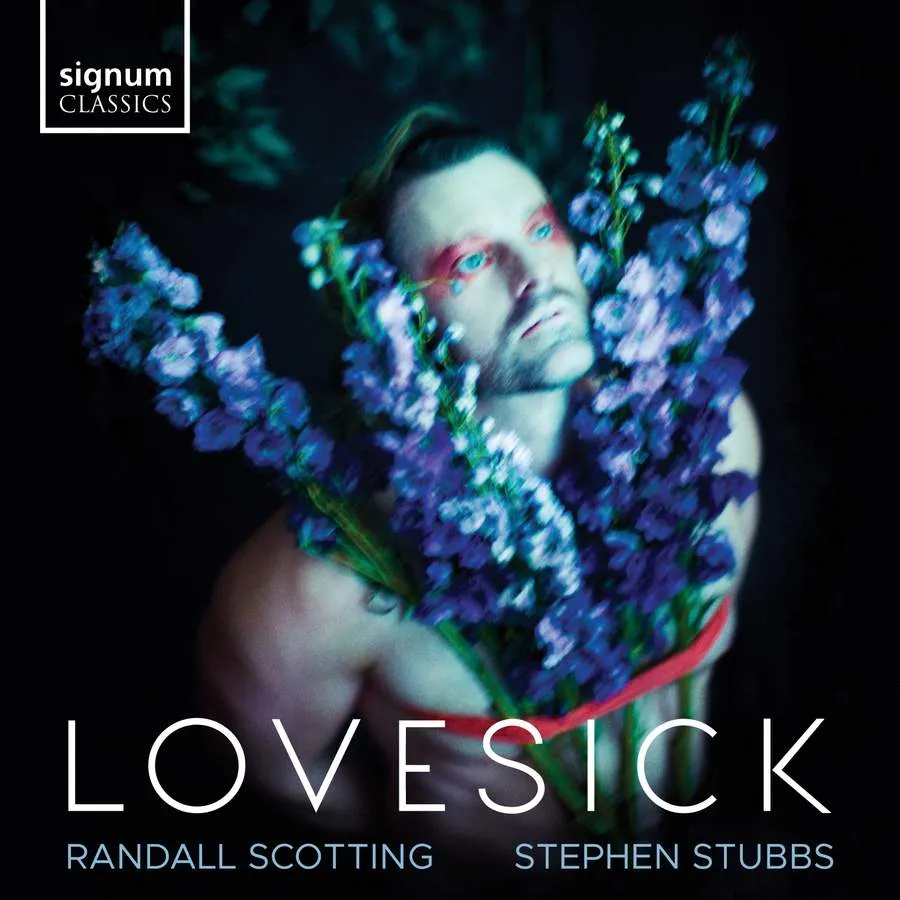
Lovesick Songs by Anon, Blow, Castrovillari, Cesti, Dowland, Guédron, H Lawes, W Lawes, Moulinié, Purcell & Traditional Randall Scotting (countertenor); Stephen Stubbs (lute) Signum Classics SIGCD736 57:29 mins
Thousands of musical items deal with the tribulations of love. This collection concentrates on the 17th century and attempts to cover a range of lovesick symptoms – doubt, despair, temporary optimism, passion, melancholy, solitude and so on. This is not quite a complete lexicon (there are no ‘mad songs’ for example) but it offers a worthy platform for the acclaimed musical and dramatic skills of Randall Scotting and Stephen Stubbs.
Interestingly they are at their best in the more optimistic items – in Moulinié’s ‘Enfin la beauté’ for example Scotting clothes the relief of the lover’s acceptance with an almost indecent confidence, supported by Stubbs’s sophisticated accompaniment on the lute. In Purcell’s ‘She loves and she confesses’ the performers evoke a happy stylishness, and in the traditional song ‘Black is the colour’, the performers transcend the routine verse structure to produce a fluid lyricism enlivened by Scottish snaps in the accompaniment.
Elsewhere, interpretations are more challenging. The despairing ‘There’s none to sooth my soul’ is disconcertingly in a major key and has to be sung as a ‘descriptive’ rather than ‘expressive’ ballade. Also, at the end of verse two of ‘Mary’s Dream’ expressive decoration tips over into exaggerated hysteria, and in Purcell’s ‘O solitude’ the complex introspectiveness is somewhat obscured by the rather hurried performance. That said, the deliberate pauses at the end of each phrase of Dowland’s ‘Time Stands Still’ exactly personify the mood, and the mention of trumpets in Purcell’s ‘O lead me’ brings forth a vividly descriptive vocal fanfare.
Anthony Pryer